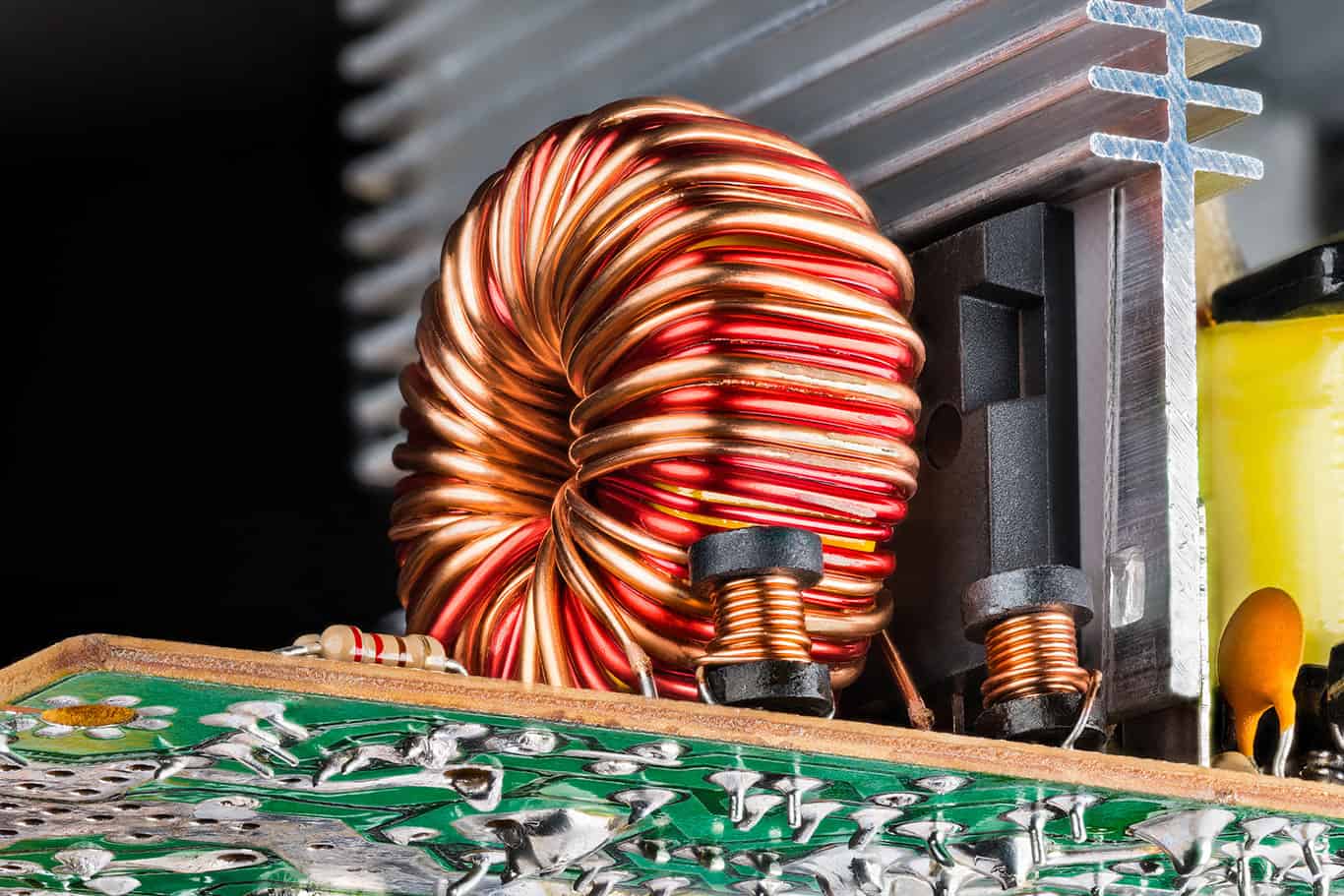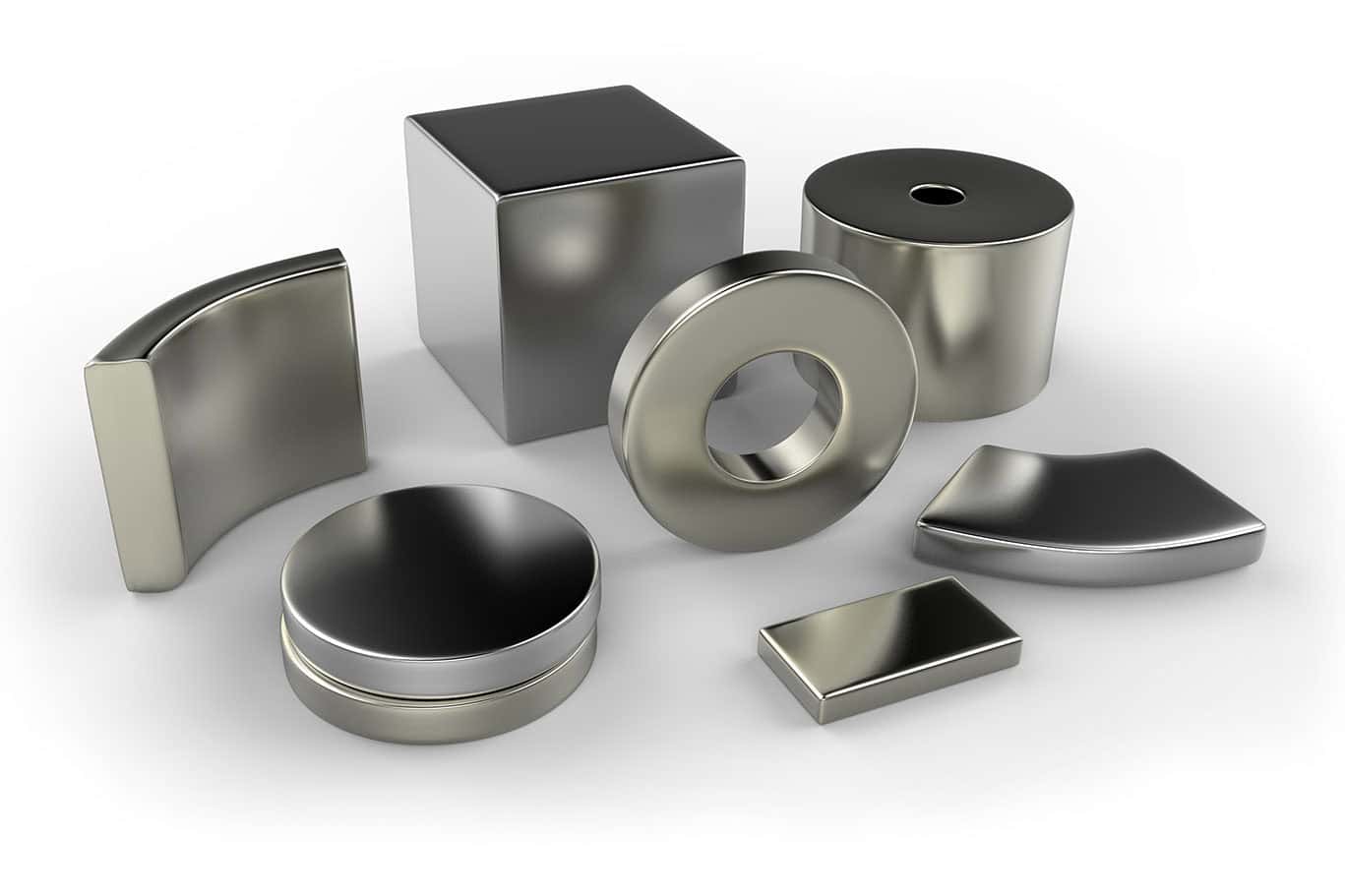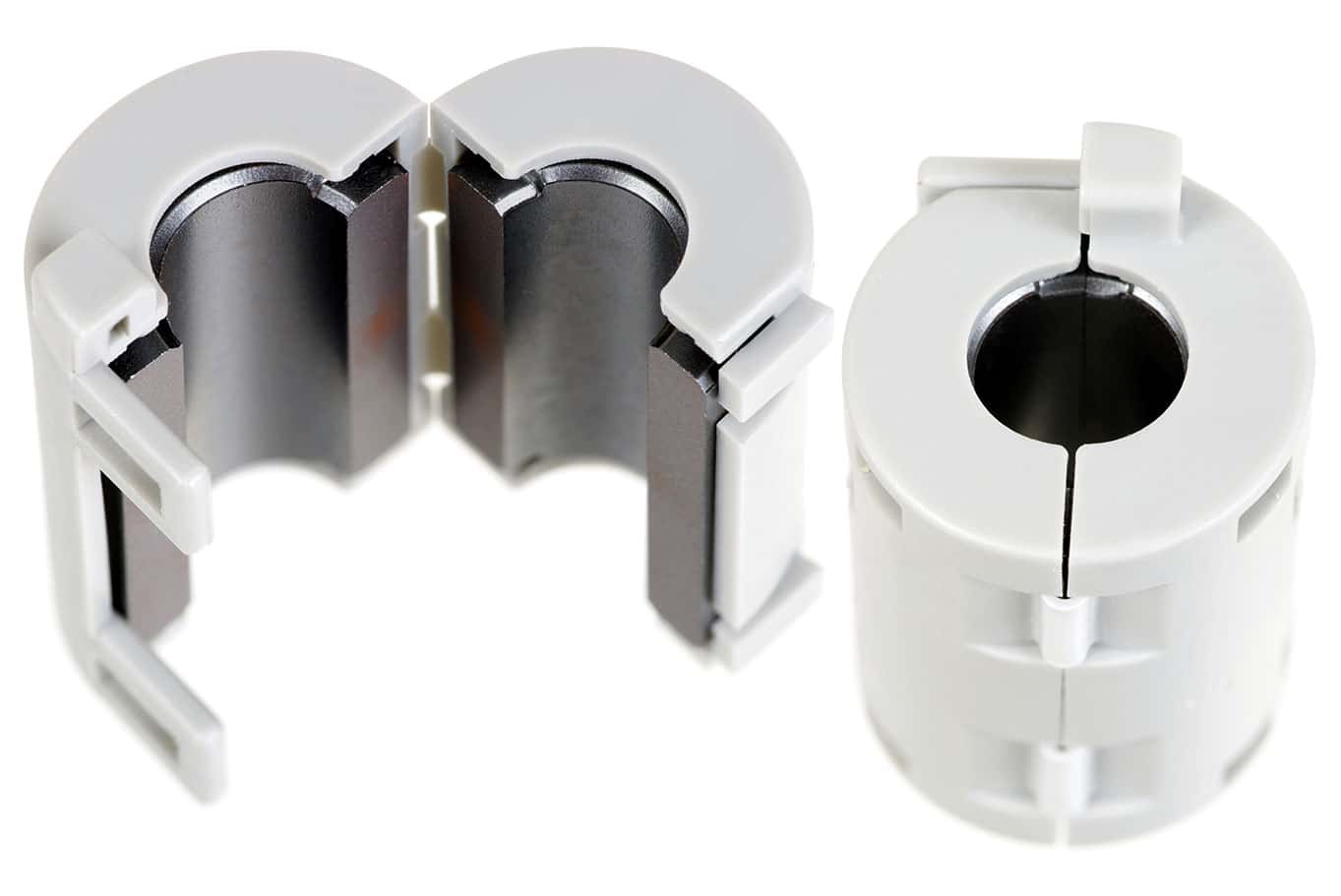Soft ferrites, a type of magnetic material, play a crucial role in a variety of electronic and electrical applications due to their unique properties. These materials are primarily composed of iron oxide and other metallic elements, which give them their characteristic high magnetic permeability and electrical resistivity. Such properties make them indispensable in the design and manufacturing of components that require efficient energy management, especially in high-frequency environments.
Expanded Uses of Ferrites in Modern Technology:
Inductors and Transformers:
Ferrites are often used in the cores of inductors and transformers, which are vital components in the management of power in electrical circuits. Their high permeability allows for effective magnetic flux control, ensuring minimal energy losses. This makes them ideal for use in power supplies, RF circuits, and other applications where energy efficiency is paramount. The electrical resistivity of ferrites also helps in reducing eddy current losses, which is critical in high-frequency operations.
Electromagnetic Interference (EMI) Suppression:
In today’s increasingly digital world, the suppression of electromagnetic interference is more important than ever. Ferrites are highly effective in this role due to their ability to absorb high-frequency electromagnetic noise and convert it into heat. This property is particularly useful in the creation of EMI filters and chokes, which are essential in preventing interference between electronic devices. The high electrical resistivity of ferrites further enhances their effectiveness in these applications.
Antenna Cores:
Ferrite materials are widely used in the cores of antennas, particularly in communication devices. These materials enhance the antenna’s ability to efficiently transmit and receive signals by improving the magnetic coupling between the antenna and the electromagnetic field. This is especially important in devices that operate at high frequencies, where signal clarity and strength are critical.
Magnetic Amplifiers:
Ferrite-based magnetic amplifiers are used to control power flow in circuits without relying on moving parts, making them highly reliable and efficient. These amplifiers are often found in power supplies and voltage regulation systems, where the high permeability and low loss characteristics of ferrites are advantageous. Additionally, the stability of ferrite materials under varying loads and frequencies ensures consistent performance in these applications.
Energy Storage in Inverters and Converters:
In energy storage systems, such as inverters and converters, ferrite materials are used to store energy in the form of magnetic fields. Their ability to handle high frequencies and maintain performance under different operational conditions makes them a preferred choice for these applications. This is particularly important in renewable energy systems, where efficiency and reliability are key.
Ferrite Magnets and Permanent Magnets:
While not as strong as some other types of magnets, ferrite magnets are valued for their low cost, high electrical resistivity, and resistance to demagnetisation. They are commonly used in motors, loudspeakers, and magnetic separators. Their ability to maintain a stable magnetic field over time makes them suitable for permanent magnet applications, where durability and reliability are essential.
FAQ’s
Q1: What differentiates ferrites from other magnetic materials?
A1: Ferrites are known for their high magnetic permeability and electrical resistivity, which makes them ideal for high-frequency applications. Unlike some other magnetic materials, they are more resistant to eddy currents and electromagnetic interference.
Q2: Are ferrite materials suitable for use in extreme temperature conditions?
A2: Yes, ferrites can be used in high-temperature environments, but their magnetic properties may vary depending on the specific conditions. It’s important to select the right grade of ferrite for the intended application.
Q3: How do ferrite materials help in reducing electromagnetic interference (EMI)?
A3: Ferrites absorb high-frequency electromagnetic noise and convert it into heat, which significantly reduces EMI in electronic circuits.
For more detailed information on ferrites and their applications, please visit our ferrites page.
Contact Us
If you have any questions or need further assistance regarding ferrite materials, please do not hesitate to contact us:
East Manufacturing Technologies Ltd
Pixmore Centre, Pixmore Avenue, Letchworth, Hertfordshire, England, SG6 1JG
Email: sales@east-trading-ltd.com
Phone: +44 1462 680689
FAX: +44 1462 481781






